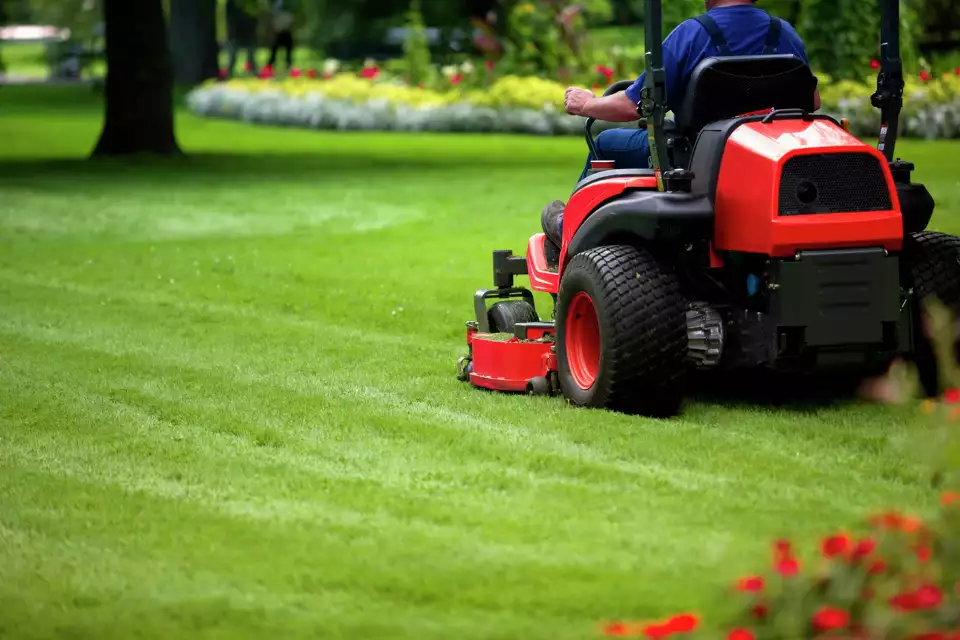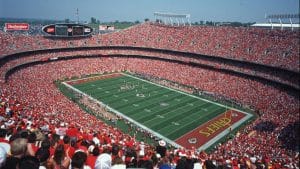Riding lawn mowers are indispensable tools for homeowners and professionals managing large lawns or landscapes. Their complex design includes several essential components that keep the machine running efficiently, and among the most critical are the belts. Understanding how many belts a riding lawn mower has, what each one does, and when they need to be replaced is key to maintaining optimal performance and avoiding unexpected breakdowns.
In this guide, we’ll answer common questions like how many belts a riding lawn mower has, what the two belts on a riding lawn mower are, and what a V belt on a lawn mower is. Whether you’re a DIY repair enthusiast or simply trying to learn more about your mower, this article covers everything you should know.
How Many Belts Are on a Riding Lawn Mower?
Most standard riding lawn mowers have two belts: a drive belt and a deck belt. However, this number may vary slightly depending on the make and model of the mower.
The drive belt connects the engine to the transmission, allowing the mower to move forward or backward. The deck belt, on the other hand, powers the blades, spinning them at a high enough speed to cut grass cleanly and effectively. In some advanced or commercial models, a third belt may be present to manage additional functionalities, but for most residential mowers, two belts are the norm.
For example, if you’re asking how many belts are on a Craftsman riding lawn mower, the answer is typically two: one for propulsion and one for blade engagement. If you’re maintaining a Craftsman model, you’ll want to ensure you’re using high-quality components, such as Craftsman replacement mower belts, to match OEM specifications and extend the life of your machine.
What Are the Two Belts on a Riding Lawn Mower?
As mentioned above, the two primary belts found in most riding lawn mowers are:
1. Drive Belt
This belt transfers power from the engine’s crankshaft to the transmission, allowing the mower to move. It plays a key role in determining the speed and torque of the mower. If this belt wears out, you’ll likely notice issues like the mower not moving, sluggish acceleration, or jerky starts and stops.
2. Deck Belt (Blade Belt)
This belt loops around pulleys on the mower deck and drives the rotating blades. When the deck belt fails or slips, the blades may stop spinning altogether or run unevenly, resulting in an uneven cut. Noise, visible fraying, and glazing are all signs that it may be time to replace the deck belt.
It’s crucial to note that while these belts are distinct in function, both are vital for the operation of your mower. Regular inspections, proper tensioning, and timely replacements can prevent costly repairs and ensure a smooth mowing experience.
What Is a V Belt on a Lawn Mower?
A V belt, or V-shaped belt, is a specific type of belt commonly used in lawn mowers. Named for its trapezoidal cross-section, the V belt is designed to wedge into a pulley groove, providing excellent traction and alignment. This design minimizes slippage, allowing the belt to transfer power efficiently between components.
Both the drive and deck belts on a riding lawn mower are typically V-belts. Their high-friction capabilities make them ideal for high-torque applications, such as powering mower blades or driving the transmission. V belts are made from rubber compounds reinforced with fibers or cords to withstand tension and resist wear.
Choosing the correct V belt for your mower is essential, as an ill-fitting or low-quality belt can lead to slippage, overheating, and premature failure. Refer to your mower’s manual or consult trusted parts suppliers, such as udcparts.com, to find belts that match OEM standards.
How to Know When It’s Time to Replace Your Belts
Belts naturally degrade over time due to friction, heat, and tension. Here are some common signs that it may be time to replace your mower’s belts:
- Squealing noises typically indicate slippage due to poor tension or a worn belt.
- Cracks or fraying: Visual inspection may reveal signs of aging or damage.
- Loss of power or function: If the mower won’t move or the blades won’t spin, the belts may be broken or excessively loose.
- Burning smell: Overheating caused by friction between a slipping belt and pulley can produce a distinctive odor.
Replacing belts as soon as these symptoms appear helps prevent further damage to the mower’s drive system or engine.
Choosing the Right Replacement Belt
When replacing a belt, it’s essential to match the new one to the original in terms of length, width, and profile. Using the wrong size can cause slipping, inefficiency, or even damage to other mower components.
Here are some general tips:
- Check the manual: Always consult your mower’s owner manual for belt specifications.
- Use quality replacements: Choose belts that match or exceed OEM standards.
- Avoid generic belts: Not all belts are created equal—cheap belts may degrade faster or cause operational issues.
For reliable parts that meet these standards, many experienced users trust retailers like udcparts.com, which offer a variety of OEM-equivalent mower belts tailored for specific brands and models.
Final Thoughts
Understanding the belt system in your riding lawn mower is vital for maintaining its performance and extending its lifespan. Whether you’re asking how many belts are on a riding lawn mower or looking to understand what a V belt on a lawn mower does, the answer is usually tied to two essential components: the drive belt and the deck belt.
If you own a Craftsman mower or any other major brand, be sure to use high-quality replacement parts to keep your machine running efficiently throughout the mowing season. With routine checks and timely replacements, your mower can continue delivering clean, even cuts for years to come.














